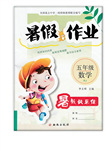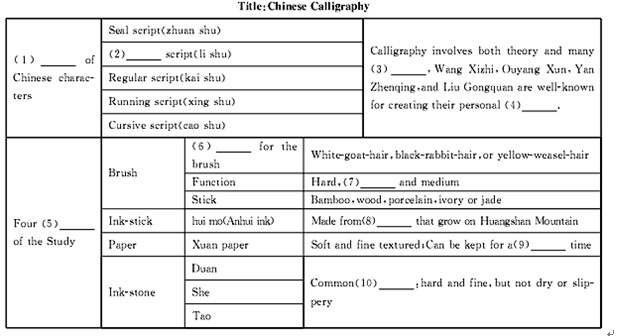阅读理解。
More than 6,000 children were expelled (开除) from US schools last year for bringing guns and bombs
to school, the US Department of Education said on May 8.
The department gave a report on the expulsions (开除) as saying hand-guns accounted for 58 percent
of the 6,093 expulsions in 1996-1997, against 7 percent for rifles (步枪) or shot-guns and 35 percent for
other types of firearms.
"The report is a clear sign that our nation's public schools are cracking down (严惩) on students who
bring guns to school," Education Secretary Richard Riley said in a statement. "We need to be tough-minded
about keeping guns out of our schools and do everything to keep our children safe."
In March 1997, an 11-year-old boy and a 13-year-old boy using handguns and rifles shot dead four
children and a teacher at a school in Jonesboro, Arkansas. In October, two were killed and seven wounded
in a shooting at a Mississippi school. Two months later, a 14-year-old boy killed three high school students
and wounded five in Daducah, Kentucky.
Most of the expulsions, 56 percent, were from high schools, which have students from about age 13. 34
percent were from junior high schools and 9 percent were from elementary schools, the report said.
1. From the first paragraph we can infer that in the US schools ____.
A. students enjoy shooting
B. students are eager to be soldiers
C. safety is a problem
D. students can make guns
2. The report from the US Department of Education shows that ____.
A. the number of the expulsions is not large
B. the number of the expulsions is wrong
C. there are soldiers hiding among the students
D. guns are out of' control in US schools
3. The main idea of paragraph four shows us ____.
A. some examples of shootings in US schools
B. the Americans' feeling
C. some famous schools
D. that some teachers were killed by students
4. From this passage we know that ____.
A. every American cannot have guns
B. only soldiers and police can have guns
C. every American citizen can own guns
D. teachers have on money to buy guns

 暑假作业暑假快乐练西安出版社系列答案
暑假作业暑假快乐练西安出版社系列答案